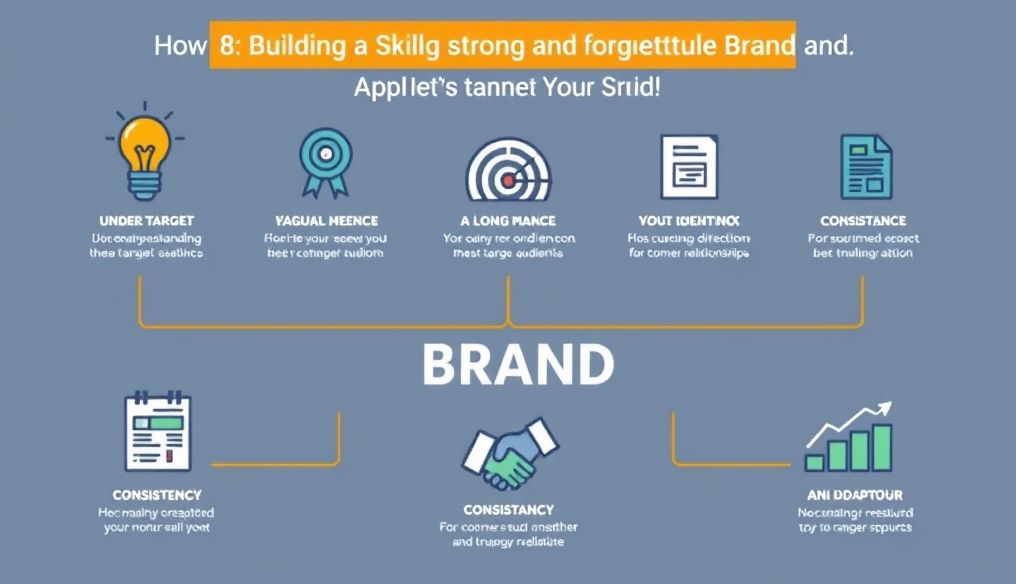How do you set a profitable and competitive price for your products or services?
Setting the right price for your products or services is one of the most important decisions you will make as an entrepreneur. The wrong price can destroy your business, while the right price can make it thrive. It's about finding the balance between making a profit and attracting customers. This article will provide you with a comprehensive guide to help you determine the optimal price for your products or services.
1. Understanding Your Costs: The Solid Foundation for Pricing
Before you think about anything else, you must fully understand your costs. This includes all expenses associated with producing or delivering your product or service. Costs are divided into two main types:
Fixed Costs
These are costs that do not change regardless of the volume of production or sales. They include rent, fixed salaries, insurance, and software subscriptions.
- Example: If you run a small store, the rent of the store is a fixed cost, whether you sell one product or a thousand products.
Variable Costs
These are costs that change directly with the volume of production or sales. They include raw materials, hourly labor wages, and shipping costs.
- Example: If you make shirts, the cost of fabric, buttons, and thread is considered a variable cost, as it increases as you make more shirts.
To calculate the total cost of your product or service, add the fixed and variable costs. Then divide this cost by the number of units produced or services provided to get the cost per unit.
Example: Suppose you have fixed costs of $1000 per month and variable costs of $5 per unit. If you produce 200 units per month, the total cost is $2000 (1000 + 200 * 5), and the cost per unit is $10 (2000 / 200).
2. Analyzing Competitors: Know the Playing Field You're In
After you understand your costs, it's time to analyze your competitors. Look for companies that offer products or services similar to yours, and try to understand their pricing strategies.
Questions to Ask Yourself:
- What are your competitors' prices?
- What is the quality of their products or services compared to yours?
- What are the strengths and weaknesses of your competitors?
- What value do they offer to their customers?
This analysis will help you determine whether you can compete on price, or whether you should focus on other aspects such as quality or customer service.
3. Understanding the Value of Your Product or Service in the Customer's Eyes
The price a customer pays for your product or service depends on the value they see in it. This value is not just the cost, but a combination of the benefits the customer receives, such as:
- Quality: Is your product made of high-quality materials? Does your service provide excellent results?
- Convenience: Does your product or service save the customer time or effort?
- Reputation: Is your brand well-known and trusted?
- Experience: Do you offer a unique and enjoyable experience for the customer?
To understand the value of your product or service in the customer's eyes, you can conduct surveys, collect feedback online, or simply talk to your customers directly.
4. Different Pricing Strategies: Choose What Suits You
There are many different pricing strategies you can use. Here are some of the most common:
Cost-Plus Pricing
Adds a fixed percentage to the cost of producing the product or providing the service. This strategy is simple and easy to implement, but it does not take into account the value of the product or service in the customer's eyes or the prices of competitors.
Example: If the cost of producing a product is $20, and you decide to add a profit margin of 50%, the selling price will be $30.
Value-Based Pricing
It is based on the value that the customer sees in the product or service. This strategy is more complex, but it can lead to higher profits if implemented correctly.
Example: If your product saves the customer $100 of money or time, you can price it higher than $50, even if the cost of producing it is less than that.
Competitive Pricing
It is based on the prices of competitors. You can price your product or service at the same price as your competitors, or at a lower price to attract customers, or at a higher price if you offer better value.
Example: If your competitors are selling a product for $40, you can sell it for $39 to attract price-sensitive customers.
Psychological Pricing
Uses psychological techniques to influence customers' perception of price. For example, you can price a product at $9.99 instead of $10, because customers see the price as much lower.
Example: Offering a product at $99.99 instead of $100.
Dynamic Pricing
The price changes based on demand or other factors. This strategy is commonly used in hotels and airlines.
Example: Raising airline ticket prices during peak seasons.
5. Other Factors to Consider
In addition to costs, competitors, and value, there are other factors to consider when setting the price:
- Brand: Strong brands can charge higher prices.
- Location: Prices may vary depending on the geographic location.
- Economic Conditions: In times of economic recession, you may need to lower prices.
- Distribution Channels: If you sell your products through different channels, you may need to adjust prices.
6. Testing Prices: Don't Be Afraid to Experiment
The best way to determine the optimal price is to test different prices and see how customers respond. You can do this by offering temporary discounts, conducting A/B tests on your website, or simply asking your customers for their opinion on different prices.
7. Flexibility: Be Prepared to Change
Your prices are not fixed. You should be prepared to adjust them based on changes in costs, competition, and demand. Monitor your sales and profit performance regularly, and make the necessary adjustments.
8. The Importance of Offers and Discounts
Don't underestimate the power of offers and discounts in attracting customers and increasing sales. But use them wisely. Seasonal offers, loyalty discounts, or bundle deals can be very effective.
9. Remember That Price Is Not Everything
Although price is important, it is not the only factor that influences the buying decision. Quality, customer service, convenience, and reputation are all important factors as well. Focus on providing comprehensive value to your customers, and they will be willing to pay a higher price.
10. Helpful Tools and Techniques
There are many tools and techniques that can help you set prices, such as:
- Inventory management software: Helps you track costs and sales.
- Competitor analysis tools: Helps you monitor your competitors' prices.
- Online surveys: Helps you understand the value of your product or service in the customer's eyes.
Conclusion: Setting the right price for your products or services is an ongoing process that requires a deep understanding of your costs, competitors, and customers. Use the strategies and tools available to you, be prepared to experiment and change, and you will find the price that makes you profitable and attracts customers.




